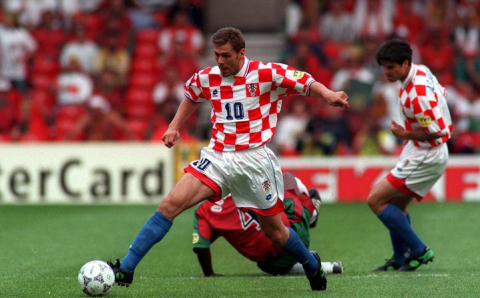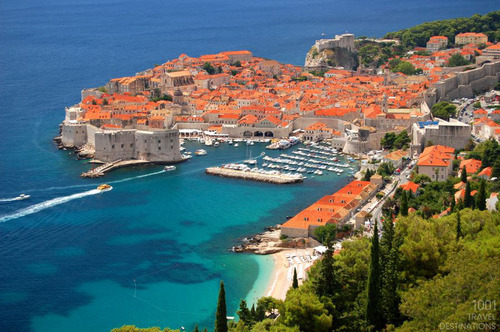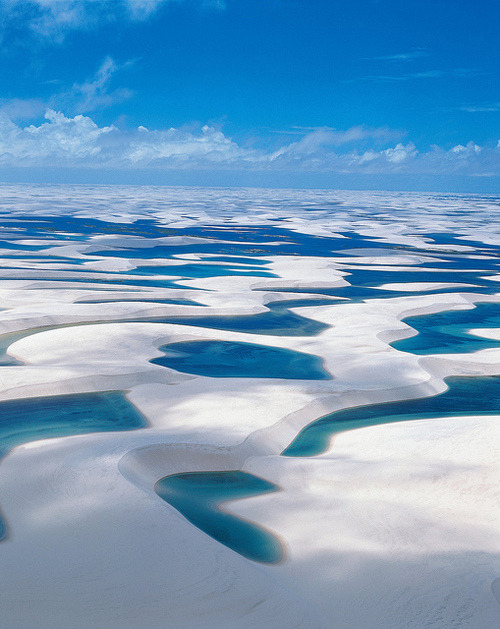 Croatia, 1990. Franjo Tuđman's nationalist party had just won the the Croatian republic's first parliamentary elections following the decision by Yugoslavia to abolish the one-party political system.
Croatia, 1990. Franjo Tuđman's nationalist party had just won the the Croatian republic's first parliamentary elections following the decision by Yugoslavia to abolish the one-party political system.Less than a week had gone by and tensions were still high when Red Star Belgrade arrived to play Dinamo Zagreb - a city gripped by Croatian nationalism. 3,000 fans of Red Star - led by the frankly terrifying Arkan - made the journey from Belgrade; and were met at Stadion Maksimir by many more Dinamo fans. While the game began, it never finished.
Amidst the running battles both on and around the pitch, young midfielder Zvonimir Boban, took exception to a policeman beating a Dinamo fan - deciding on dispensing his own retribution. Having kicked the policeman in the head, Boban had allowed the fan to escape. In being captured on video doing so, he became a hero to Dinamo fans and Croatian nationalists alike.
Tuđman went on to be the first President of Croatia, as much of what was once Yugoslavia descended tragically into war, and Arkan? Well, Arkan became a very naughty boy indeed. He was assassinated in 2000, before his trial for crimes against humanity could begin.
Boban went on to be banned for six months, and to be as revered in Croatia as he was reviled in Serbia.
"Here I was, a public face prepared to risk his life, career, and everything that fame could have brought, all because of one ideal, one cause; the Croatian cause," - Zvonimir Boban.He was eventually forgiven by the policeman.
But never mind all that. Well, actually? Do. Because for all of what went before, what came after as part of Croatian independence, was one of the best football kits of all time. A kit worn by one of my favourite international XIs - the 1996 Croatia side.
Croatian artist Miroslav Šutej designed both the national flag and the coat of arms of Croatia, but Šutej's most enduring legacy - for fans of football at least - is surely the šahovnica-inspired design still worn today. The kit was debuted by the national team in their first, unofficial friendly in 1990, but It wasn't until 1994 that the kit evolved (beyond a wonderfully bizarre Lotto number very much of the time) and the broader checked design that we know today, truly appeared. Davor Šuker (pictured), Aljoša Asanović, Alen Bokšić, the outrageously talented Robert Prosinečki - names that evoke memories of that timeless summer of Euro '96. Not forgetting of course, the main man of the Maksimir - Zvonimir Boban.

 There is always a danger of Museum fatigue when travelling. Though some are truly fantastic and are absolutely worth a trip in their own right, that most are so frequently found at the top of the to-do in most destinations, means that occasionally they need to offer something different to really pique your interest. Something different to really stand out. Something like... Jesus' diapers.
There is always a danger of Museum fatigue when travelling. Though some are truly fantastic and are absolutely worth a trip in their own right, that most are so frequently found at the top of the to-do in most destinations, means that occasionally they need to offer something different to really pique your interest. Something different to really stand out. Something like... Jesus' diapers.Yep. I know right? But apparently so.
Well, technically they were his swaddling clothes. Wait! I'll save you the trouble of Google-ing it:
"... an age-old practice of wrapping infants in blankets or similar cloth so that movement of the limbs is tightly restricted. Swaddling bands were often used to further restrict the infant. Swaddling fell out of favor in the seventeenth century." - WikipediaAnyway - apart from that - Dubrovnik truly is the Pearl of the Adriatic. Tread the marble streets, allow the smells of seafood and Dalmatian sausage to be tempt you into the restaurants that nestle within the impossibly narrow walkways, then bathe in the reflected sunlight as you can only fail to answer one simple question. Where you have ever been that was really this wonderful?
Take the time to walk around the ancient city walls - a vantage point from which you really can get more of a flavour of life in the Old Town - and if you can find your way out, you might well find where to swim straight off the rocks and even get yourself invited to a game of water polo with the locals.
So are Jesus' undercrackers really in Dubrovnik? You'll just have to go and find out...

(Credit to 1001 Travel Destinations for the wonderful photo)

















